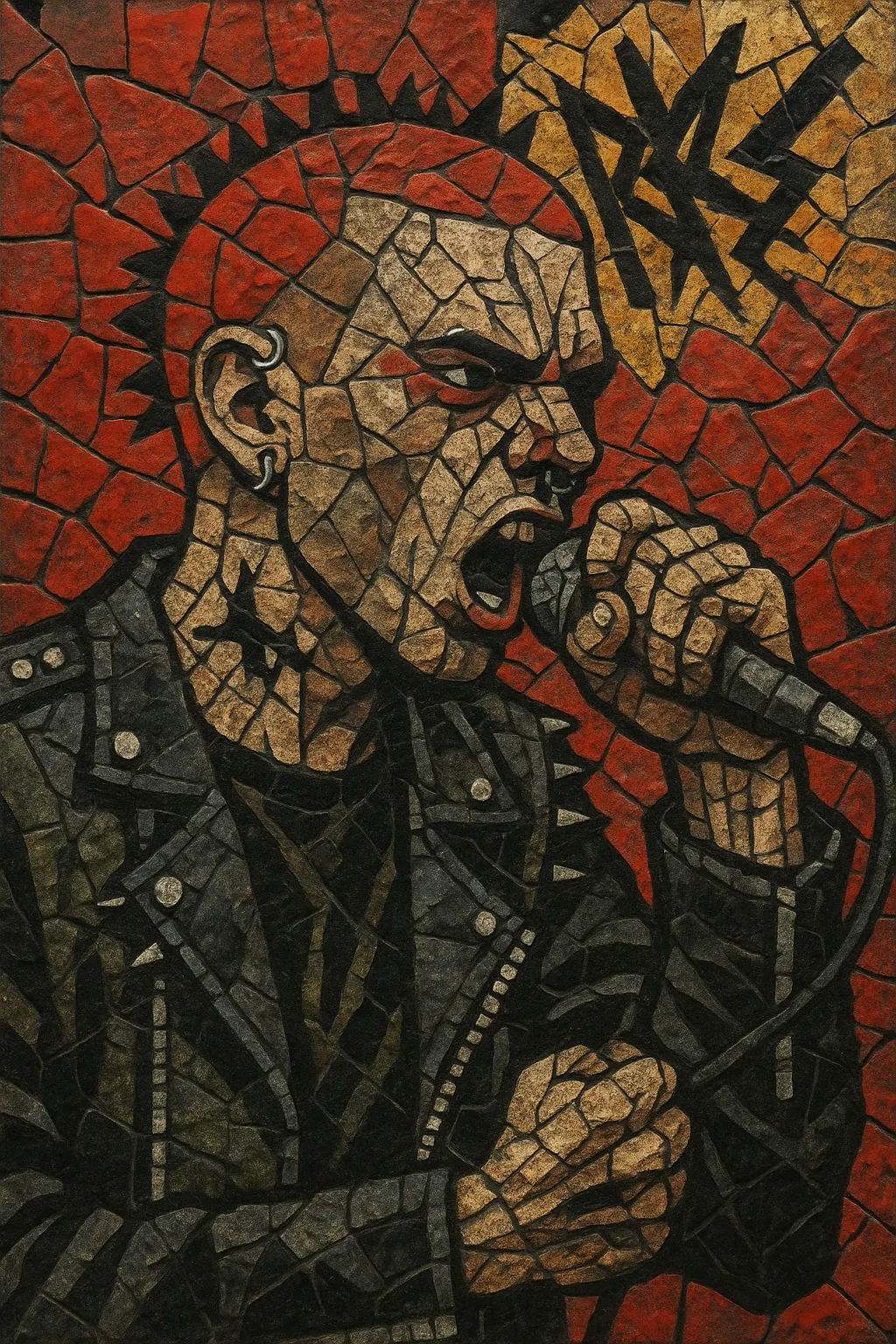Punk rap is a fusion of hip hop and the ethos, speed, and abrasion of punk. It blends shouted or barked vocal delivery, short song structures, and a confrontational DIY attitude with 808-heavy beats, blown-out distortion, and noise-forward sound design.
While earlier hip hop had punk energy, punk rap in the 2010s crystallized a distinctly harsher aesthetic: clipped mixes, distorted 808s, industrial textures, and mosh-ready rhythms. The result is music that feels immediate, cathartic, and physical—designed for small rooms, big PA systems, and explosive live shows.
Early bridges between punk and rap appeared with acts like Beastie Boys, who carried punk roots into hip hop, and with rap-rock/rapcore scenes in the 1990s. These did not yet define punk rap, but they normalized the idea of hip hop delivered with guitar-band aggression, stage-diving energy, and DIY culture.
In the early 2010s, punk rap coalesced around artists who fused experimental/industrial hip hop with hardcore punk’s velocity and abrasion. Death Grips’ debut (2011) became a watershed, establishing hallmarks like screamed verses, clipped/distorted production, and noise-laced beats. Parallel currents ran through underground/DIY circuits and online communities, where artists self-released aggressively mixed tracks tailored for chaotic live sets and viral momentum.
Mid-to-late 2010s platforms (Bandcamp, SoundCloud, YouTube) accelerated a raw, fast-turnover ecosystem. Artists like JPEGMAFIA, Ho99o9, Scarlxrd, City Morgue, and Rico Nasty pushed distortion, industrial textures, and hostile mic techniques. Shows borrowed hardcore punk norms—crowd-surfing, circle pits, short sets—while beats stayed rooted in trap/808 frameworks.
The punk rap aesthetic influenced broader underground rap, feeding into trap metal and the high-energy “rage” lane. Elements—shouted hooks, clipped 808s, noise breaks—appear across US and UK scenes (e.g., slowthai), and inform mainstream stagecraft and festival performance. The genre remains fluid, cross-pollinating with industrial hip hop, experimental rap, and heavy music while retaining a fiercely DIY core.


